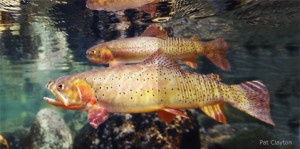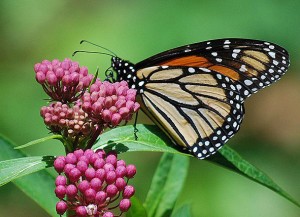We have much more to do and your continued support is needed now more than ever.
Further Scientific Evidence of the Severity of Climate Change
Today marks the release of the Third National Climate Assessment (NCA), a significant report that underscores the potential gravity of climate change to our nation’s well-being. This extensively peer-reviewed report is the product of years of work and it gives us the most comprehensive analysis of climate change in the United States that we have to date.


How we need to respond
Importantly, the NCA also provides us with a gameplan to figure out how to respond to climate change in our daily lives. We will have to deal with these changes by acting to cut carbon pollution, changing our agriculture practices, and learning how to help wildlife and communities adapt. The changes we are seeing today are a warning and a glimpse into the future if we do not act now on climate. Moving forward, we need to:
- Do everything we can now to prevent these changes from overwhelming us in the future. One way to do this is by advocating for sensible and responsible limits on carbon pollution from power plants, the largest contributor of greenhouse gases in the United States.
- Take these changes into account in our everyday lives and adapting to the changing world around us. Climate resiliency projects and climate smart adaptation are two practical solutions that will help protect communities and wildlife habitat.
![]() The National Climate Assessment is our call to do what we can now to cut carbon pollution and limit the impacts of climate change. Speak up now and tell the EPA that you support strong regulation on carbon emissions from power plants.
The National Climate Assessment is our call to do what we can now to cut carbon pollution and limit the impacts of climate change. Speak up now and tell the EPA that you support strong regulation on carbon emissions from power plants.





















